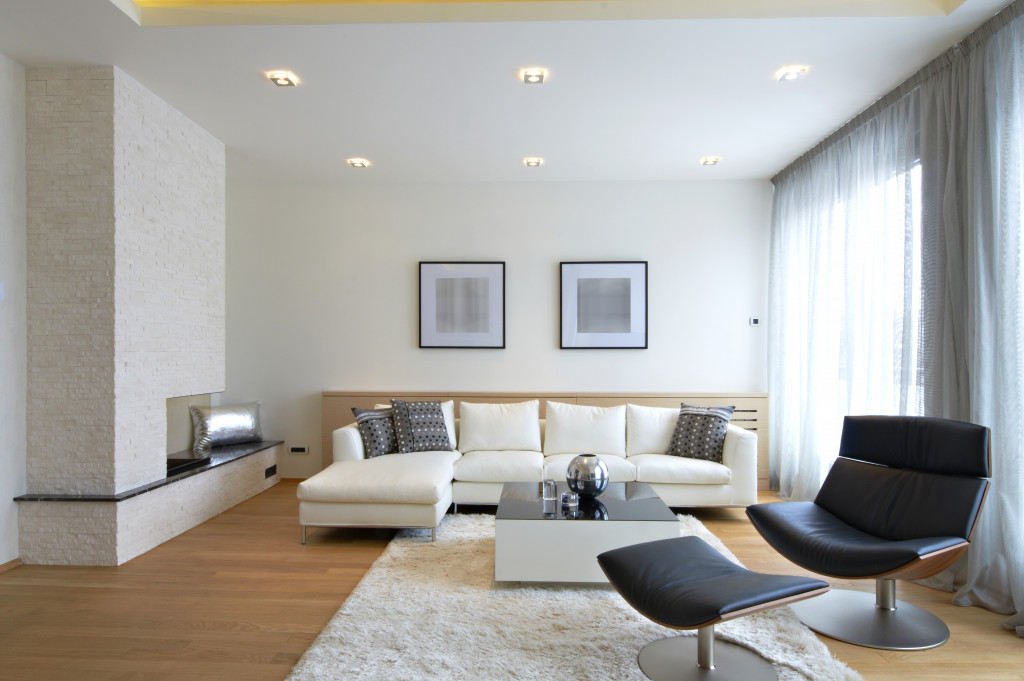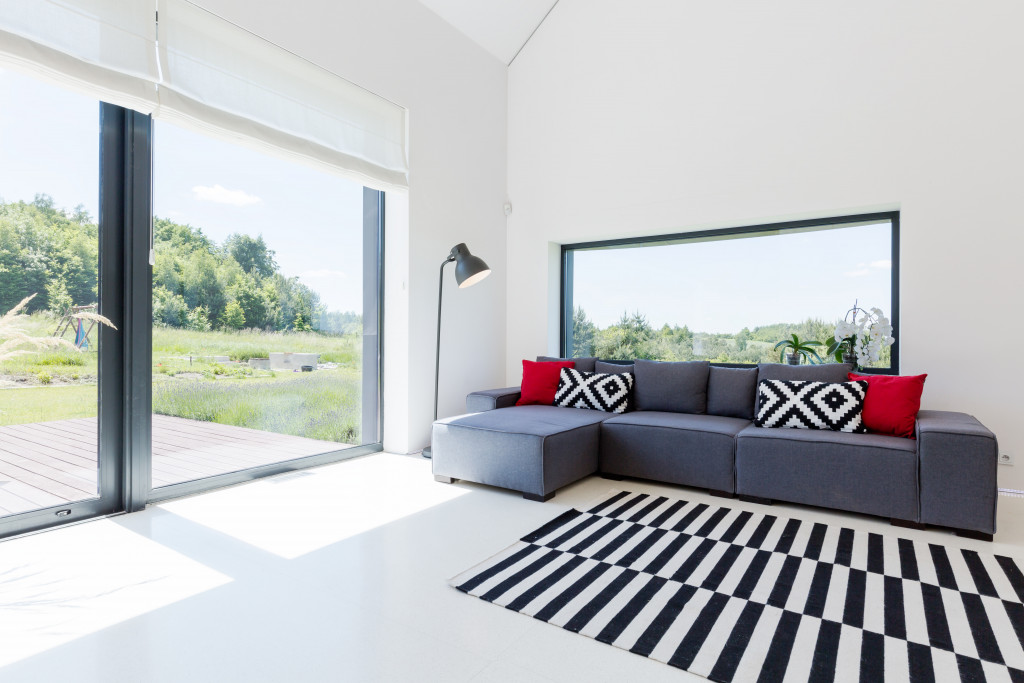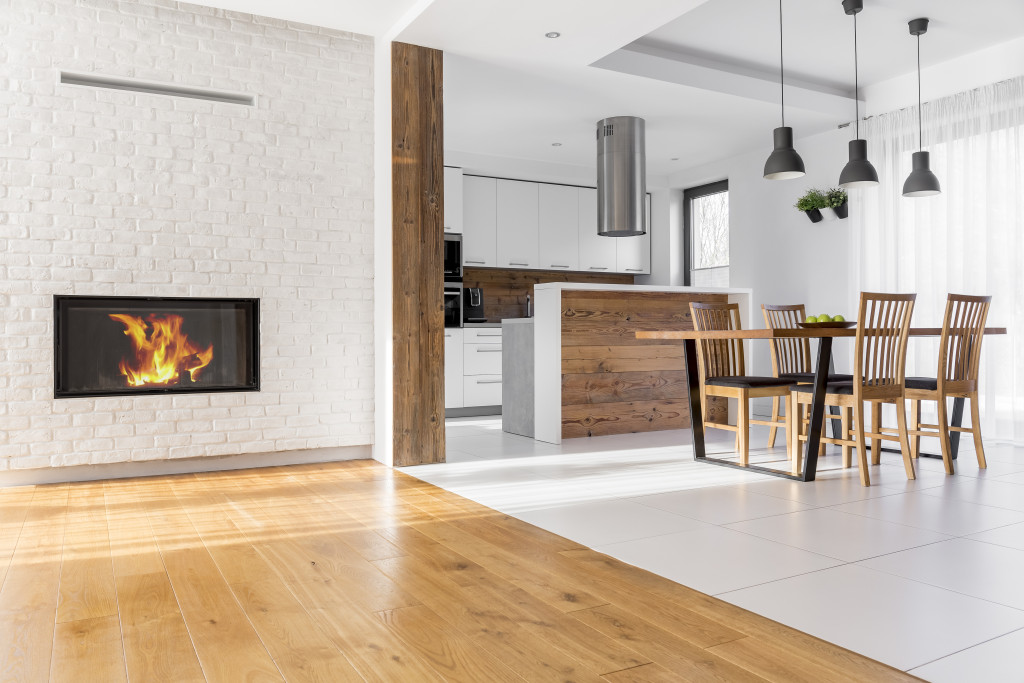Disclaimer: The Lifestyle Elf. This site provides fashion and lifestyle content for informational purposes only.
- Moldings and trims add a sense of refinement, and painting them in contrasting colors draws attention to details.
- Lighting can highlight features, choose specific types for different effects.
- Textures and materials create depth, contrast or complement choices to add interest.
- Windows and doorways serve as focal points; use decorative hardware and stained glass for added character.
- Experiment with window shapes and sizes to add unique architectural elements.
- Transitional spaces like hallways can also enhance detailing, such as adding a stair trim.
Elevating the architectural detailing of your home can turn an ordinary space into a masterpiece of design and style. Paying attention to the nuances of detailing can give your home character, enhancing its aesthetic appeal and value. Here are five tips that can help you to accentuate and bring out the architectural details of your space effectively.
1. Emphasize Moldings and Trims
Moldings and trims serve as the jewelry of a room, enhancing its visual appeal. Whether it’s crown molding, chair rails, or baseboards, these elements can create a sense of refinement and finish in a space.
To highlight moldings and trims, consider painting them in contrasting colors to the walls. This not only draws attention to the details but also adds a layer of sophistication to your interiors.
2. Utilize Lighting to Highlight Features

The strategic use of lighting can bring attention to specific architectural features of your home. Spotlights, for instance, can emphasize artwork or unique wall textures, while ambient lighting can enhance the overall mood of a space.
Consider the features you want to highlight and choose lighting that complements them. For instance, using sconces or pendant lights can illuminate and draw attention to unique architectural elements, creating visually interesting spaces.
3. Leverage Textures and Materials
Textures and materials can significantly impact the architectural detailing of your home. Exposed brick, wooden beams, or a stone accent wall can transform the ambiance of a room, providing it with depth and character.
By thoughtfully choosing materials that contrast or complement each other, you can create a dynamic and engaging space. For instance, juxtaposing a sleek, modern kitchen counter against a rustic, textured backsplash can create an interesting visual dialogue.
4. Enhance Windows and Doorways
Windows and doorways serve as focal points in a room, and enhancing their architectural detailing can elevate the overall design.
Here are tips to enhance windows and doors:
Use Decorative Hardware
Door hardware, including stylish knobs, handles, and hinges, can make a significant impact on your home’s aesthetic appeal. Choose hardware that complements the overall style of your home. For instance, vintage-style knobs and hinges can add character to a traditional home, while sleek, minimalist hardware can enhance a contemporary space.
Incorporate Stained Glass
Stained glass windows can infuse color and charm into your space, creating a unique visual effect. The versatility of stained glass allows for customization to fit any design style, whether traditional or modern. Moreover, stained glass can create beautiful light patterns inside your home when the sunlight filters through.
Experiment with Window Shapes and Sizes

Incorporating a variety of window shapes and sizes can add a unique architectural element to your home. Consider unique shapes such as circular or arched windows for a distinctive touch. Alternatively, floor-to-ceiling windows can provide abundant natural light and create a sense of openness in your space.
Enhance Doorways with Architectural Details
Integrating architectural details such as archways, transoms, or side lights into your doorway design can enhance its appeal. These features not only add visual interest but also increase the amount of natural light in your home, contributing to an inviting and welcoming atmosphere.
5. Pay Attention to Transitional Spaces
Transitional spaces such as hallways, staircases, and entryways are often overlooked but can be utilized to enhance architectural detailing. For instance, adding a visually appealing stair trim can give definition and character to an otherwise mundane staircase.
Stair trims are not just functional, preventing wear and tear on the edges of the stairs, but they also serve an aesthetic purpose. By selecting a trim that complements the materials and color scheme of your staircase and surrounding areas, you can elevate the look of the entire space.
Final Words
Enhancing the architectural detailing of your home requires an eye for design and a thoughtful approach. By emphasizing moldings and trims, strategically using lighting, leveraging textures and materials, enhancing windows and doorways, and paying attention to transitional spaces like staircases with the right stair trim, you can add sophistication to your space. Each element, no matter how small, contributes to the overall aesthetic, making your home a reflection of your style and attention to detail.

